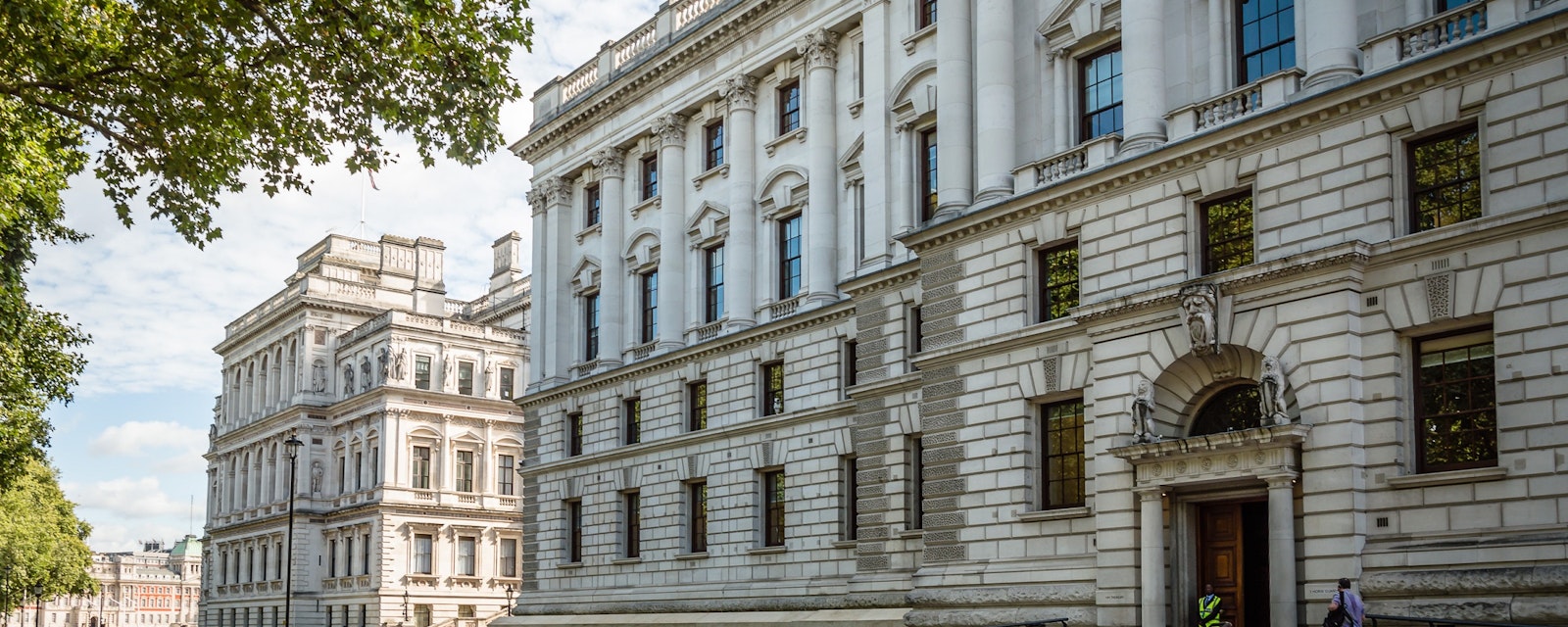Chancellor Rishi Sunak’s 3 March budget is a play in three acts, the first of which sees the continuation of economic support until the lockdown is eased. While the second part is aimed at reassuring fiscal conservatives with tax hikes, the third act might well consist of some marginal tax cuts in time for the 2024 elections. For both economic and party-political reasons, the shape of fiscal consolidation will continue to evolve over the coming years.
Act 1
Thanks to the highly successful vaccine rollout, the government plans to end all Covid restrictions on businesses “no earlier than” 21 June. Accordingly, Sunak has extended the furlough measures, business tax relief, VAT reductions for affected sectors, universal credit welfare uplifts for those on benefits and a wide range of other support measures until the summer. The goal is to give the government time for a careful lifting of restrictions while avoiding unemployment to rise too far. Sunak has also introduced a two-year ‘super deduction’ which allows companies making capital investments to claim 130% tax allowances.
This extra spending of approximately GBP 65bn takes annual borrowing to GBP 350bn, about 17% of GDP. However, unemployment had previously been expected to rise to 11%, but thanks to the vaccine-led recovery, it is now forecast to be much lower at 6.5 %. Growth in 2021 is anticipated to be 4%, slightly weaker than forecast due to the depth of the lockdown this year. While beyond that, the economy is expected to be the same size by mid-2022 as it was pre-pandemic, 6 months earlier than previously forecast, the worrying message for the post-Brexit UK is that growth is expected to average only around 1.6% between 2023-25. The Treasury anticipates a permanent loss of productivity caused by Brexit of 4%.
Act 2
The forecasts show that an interest rate increase by 1% would cost the Treasury GBP 20bn annually. This provides the political backdrop for tax rises and spending cuts of nearly GBP 50bn presented by Sunak. The chancellor has frozen personal tax allowances in a way that means fiscal drag will bring 1.3mn people into tax for the first time by 2025 and 1mn new people into the higher rate tax band. Sunak also announced the anticipated increase in corporation tax from 19 to 25% in 2023. This major rise reverses Tory policy on corporation tax from 2010 almost completely. Still, the UK will retain the lowest corporation tax in the G7 (as the US plans to increase its to 28%). Sunak has also exempted most small companies. This balance, together with the delay of tax hikes until after the worst of the crisis, shows political focus.
Overall, Sunak is forecast to be taxing 35% of the UK’s GDP by 2025 – higher than at any time since the 1960s. He will also be imposing cuts on non-priority government departments. In reality, however, the pressures on public services and the vast backlog for services (health, social care, catch up learning in schools, courts, etc.) plus the extra costs of regular vaccinations, if required, might make it impossible to reduce spending by that much without substantial political cost – especially given that the new Tory electoral coalition is not only made up of small business owners, but also of less well-off voters.
This is why a second financial statement in autumn will matter. Sunak may then introduce new levies like an online sales tax, and he may be forced to increase spending on health, social care and potentially welfare. His welfare uplift is currently due to expire with a cliff edge for the least well off in September, at the same time as the furlough scheme ends, which might lead to a rise in unemployment.
Act 3
Just like Brexit, the third act was not mentioned in the budget. But it is clear that politically, Sunak wants to raise taxes to demonstrate that he will look after the nation’s finances, setting him apart from Labour, but only until just before the likely election year of 2024. The major increase in taxes that he announced for 2023 and the effect of the fiscal drag that he announced in freezing allowances, may allow him some wriggle room for some small tax cuts in the run up to the next polls.
Meanwhile, the lack of meaningful announcements on the green policy front contrasts with the government’s communicative efforts to exploit the upcoming COP 26 conference in Glasgow. This is just one example of the structural problems with the search for a post-pandemic growth model that can deliver on the new voter coalition backing the government. Overall, the uncertainties around the recovery, Brexit and the political volatility of the Tories’ new electoral base all mean that the shape of fiscal consolidation will continue to evolve over the coming years.




